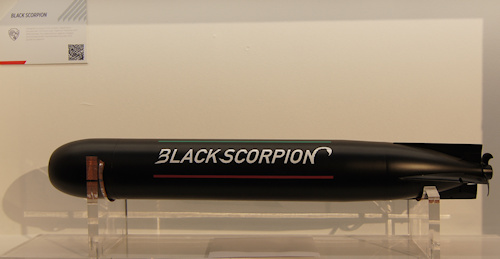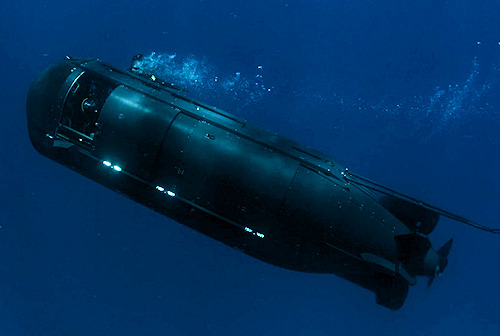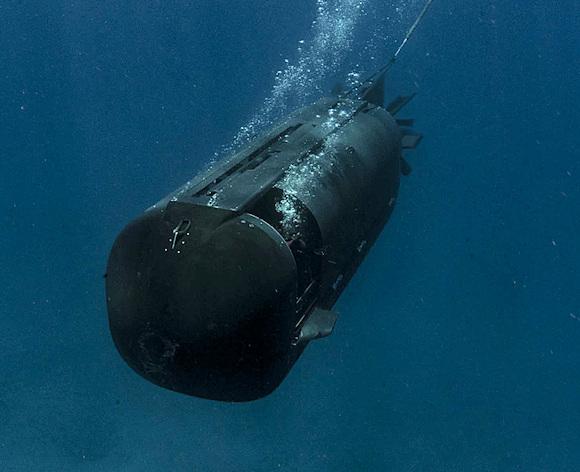Recently the SEALs (Sea Air Country) of the US Navy have adopted a new model of SDV (Swimmer Delivery Vehicle), called Mk11, replacing the now obsolete Mk8, in service since the 80s.
The acquisition of a new underwater vehicle could be interpreted as a reorientation in the use of US special forces from counter-terrorism and counter-insurgency to competition between great powers and could be used in an eventual conflict against China in the South China Sea. .
SDVs are small, floodable submarines that can carry a small team of well-equipped SEALs for infiltration into enemy territory, reconnaissance, direct action and other amphibious missions.
The MK11 has reached the Initial Operating Capability (IOC) at the beginning of the summer, before reaching that capacity, the first five vehicles delivered between 2018 and 2020, underwent extensive testing and modifications.
The craft is equipped with a digital life support system that divers can connect to. It also features an updated communications suite that enables diver-to-diver, diver-to-platform, and platform-to-platform communications.

Compared to the Mk8s, which will be replaced on a 1 to 1 basis, the Mk11s are 360cm longer, 180cm taller and wider and 1.800kg heavier. They may also be armed with mini torpedoes Black Scorpion. This would require the installation of five-inch launch tubes for six torpedoes on the port and starboard sides of the SDV (this would be the first time that special operations mini submarines have been armed with torpedoes).
The MK11 follows one approach system-of-system to its design and is part of a larger system that includes the new SEAL individual equipment and new class submarines Virginia e Columbia.
The new SDV is designed to be compatible with SEAL's latest individual equipment, such as new dive tablets and thermal suits, allowing operators to carry more gear while still keeping sufficient space inside. This, in turn, will plausibly reduce crew fatigue, thus allow for longer missions and preserve the operational efficiency of the detachment.

The introduction of MK11 indicates a major paradigm shift in US Special Forces doctrine. While still heavily engaged in asymmetric operations, USSOCOM is developing doctrines and equipment to carry out missions in highly non-permissive contexts, such as the archipelago of islets in the South Pacific.
For the past two decades, the US SEALs have been the spearhead in hunting down terrorists in the land campaigns in Iraq and Afghanistan, but are now returning to their original missions in the field of maritime special operations. As such, the United States is preparing its SEAL teams to be effective against highly capable state actors.
the MK11 could stealthily carry SEAL teams close to enemy ports, naval bases, or other strategic targets. In the South China Sea, for example, SEAL teams positioned on small islands could operate with a very small footprint and great mobility, making them particularly difficult to detect and destroy.
SEAL teams, transported by MK11, could infiltrate to destroy the bubbles China's anti-access (A2 / AD) built on occupied atolls, including radar sites and missile batteries, and thus allow the United States and allied forces greater freedom of action in the area.
Photo: US Navy / Online Defense












